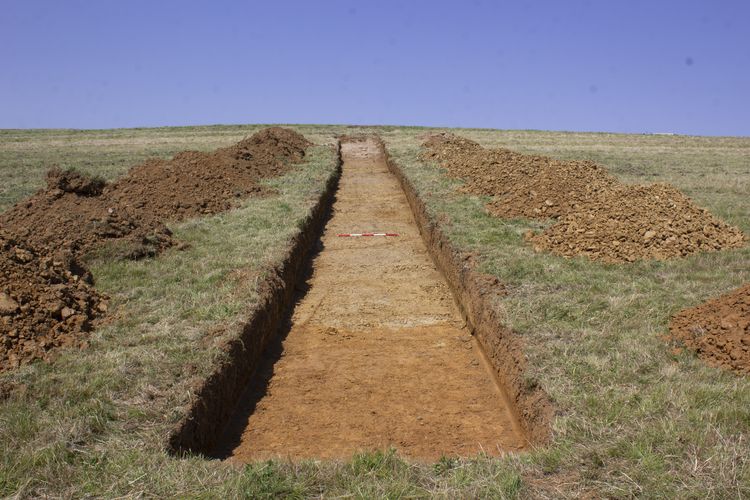I’ve just been to the JISC Managing Research Data Programme Workshop in Birmingham which focussed on, amongst other things, the challenges the different projects in the programme have faced in their work over the last 18 months. This caused us all in the SWORD ARM team some pause for thought.
The development of the ADS-easy tool hasn’t been without its teething troubles but nothing that anyone developing a new web based tool won’t be horribly familiar with. Many of the issues have not been to do with the technologies but more to do with the people involved, the developers, the ‘visionaries’, the ‘nay-say-ers’ and the users. When starting to discuss the possibilities of the online tool we have had to manage people’s expectations; the expectations of people who wanted to expand the remit of the tool to include some sort of reporting element; the expectations of those who envisaged an ‘add-to-cart’ functionality with an integrated online payments system; while trying to ensure the special requirements of the discipline and the variations within the sector were not forgotten.
But we have managed to keep close to our original vision of a simple online tool which guides users through a number of steps to upload information on their project; uploads their files and understand the costs involved, document their files and submit the archive with the required permissions. Internally we have similarly been modifying our Collections Management System to mirror the structure of ADS-easy; this should man that at a click of a button data can be moved from the online system into the archive, significantly reducing the time our archivists need to spend on each archive.
So in theory all is rosy in the garden; but I wonder if the larger challenges lie ahead? I can see that by removing the ‘human-face-of-digital-archiving’ we run the risk of reducing the perceived support to our depositors which may have a negative effect on the quality of data deposited. To try and get a handle on whether this is going to be a problem, or if indeed we have found a technical proxy for our hitherto human guidance, we are planning a series of ‘time and motion’ studies. We are asking three archaeological units to deposits two archives of a similar size each; one by ‘traditional’ means on a CD, and one using ADS-easy. When they do this we will be asking them to time how long it takes them to use the different methods. Similarly on receipt of data we at the ADS will measure the time it will take us to accession and preserve the collections. We hope that we will see a huge difference in time (and cost) but understand that we may be replacing some depositor fallibilities with a different set of issues.
A continued level of vigilance in terms of the time we take working with deposits from ADS-easy is going to be required if we are to be prepared for what may be an inundation of data. Getting the balance right between the increase in collections and the reduced costs per deposit will be vital in ensuring we have the correct staffing level to service the demand. But perhaps this will be the best measure of success!





